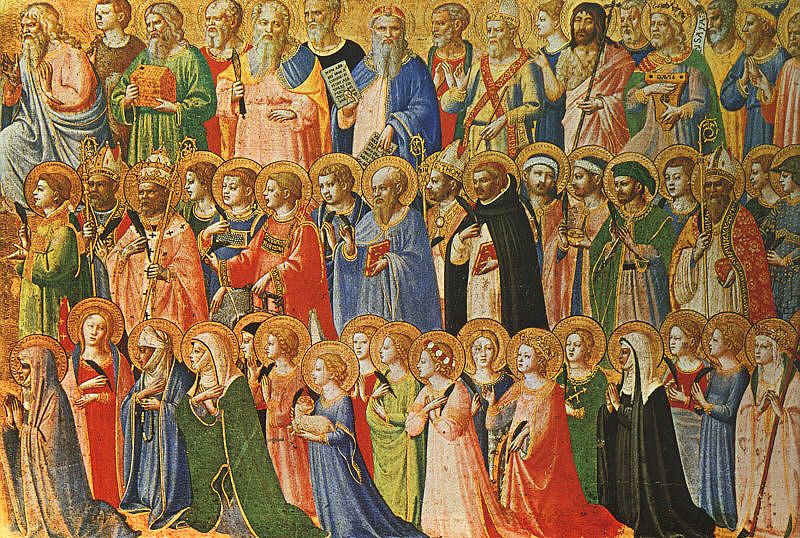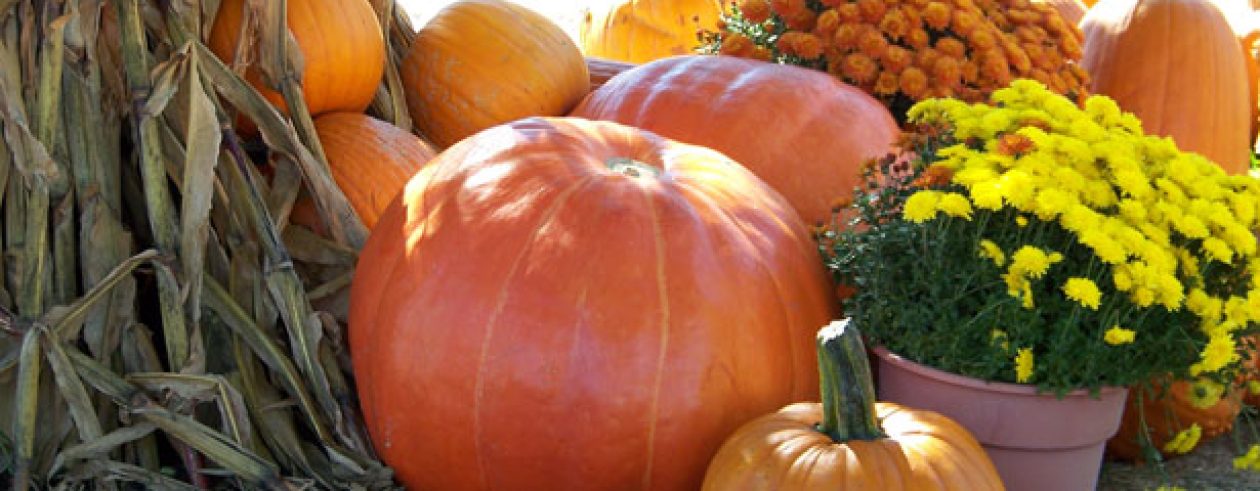
Fra Angelico (circa 1395–1455)
Public Domain via Wikimedia Commons
All Saints’ Day (Solemnity of All Saints, All Hallows, Hallowmas or All Saints’)is celebrated on 1 November by most Western Christians and is to honor all saints known and unknown. In some Catholic countries, it is a holiday. It is a holy day of obligation for most Catholics except when it falls on a Saturday or Monday. In that case it is celebrated on Sunday. Eastern Orthodox is celebrated on the first Sunday after Pentecost and is called All Saints’ Sunday.
Pope Boniface IV formally started All Saints’ Day on May 13, 609 AD. He also established All Souls’ Day to follow All Saints Day. Pope Gregory III (731-741 AD) moved it to 1 November as that was the day the foundation of a new chapel (St. Peter’s Basilica) was being laid. He wanted to dedicate the new chapel to All Saints. Halloween then became part of a three-day period called ‘Days of the Dead” which it is the first day of (the vigil), then followed by All Saints and then by All Souls (those in purgatory). During the reign of Pope Gregory IV (82y-844 AD), he decided to make the feast of All Saints (just celebrated in Rome at that point) universal meaning all dioceses had to observe it.
All Saints Day is a public holiday in Ireland where all schools, businesses and government are closed.
For More Information
The Editors of Encyclopaedia Britannica. “All Saints’ Day | Definition, History, & Facts.” Encyclopedia Britannica. Last modified July 20, 1998. https://www.britannica.com/topic/All-Saints-Day.
Crain, Alex. “All Saints’ Day – the Meaning and History Behind November 1st Holiday.” Christianity.Com. Last modified October 25, 2024. https://www.christianity.com/church/church-history/all-saints-day-november-1.html.
